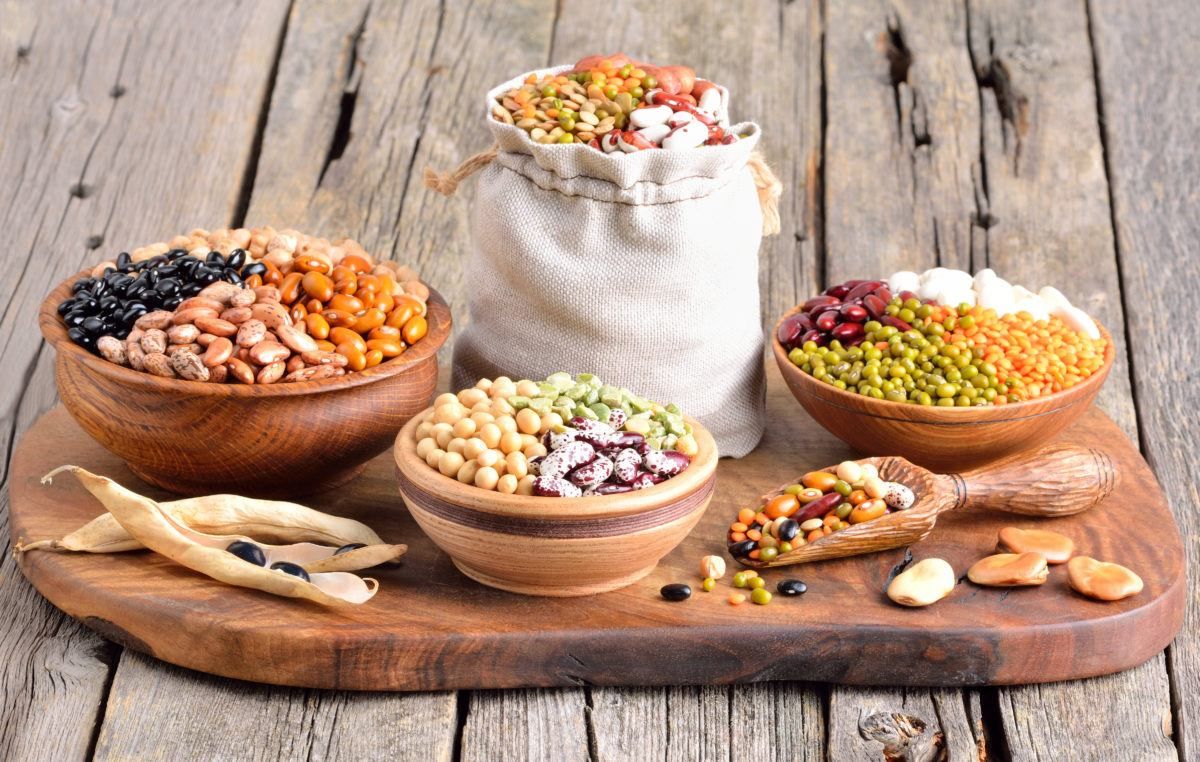Four Grams Of The Organic Substance
The harmful factors that can cause coronary heart disease in legumes are cause by the Legumes family or Leguminosae. They are cultivate for their seeds. The most common healthy legumes are beans (white beans and army beans, purple beans and adzuki), chickpeas and lentils (brown and inexperienced coral, Puy, blonde), yellow beans and inexperienced soybeans.
Because they are rich in several essential nutrients, legumes are consider to be trendy plant foods around the globe. Legumes provide a crucial supply of non-animal organic compound, fiber, and other nutrients and minerals.
They are considered healthy legumes and are therefore affluent with many blessings. These include decreasing blood sugar, increasing useful bacteria, and lowering alcohol levels. Here are the seven healthful legumes that can be consumed.
Supplemental Medication Is Require For Legumes
legumes required Chickpeas are a vitally healthy legume, and have many health benefits, even though some people don’t like chickpeas. They do not include many of the benefits. As an Associate in Nursing, chickpeas reduce the risk of upset and are thought to have the necessary ingredients for the bacteria that will facilitate the gut.
Numerous studies have shown that chickpeas can reduce blood alcohol levels. Chickpeas are also high in fiber, which is a plus. A cup of chickpeas, approximately 164g, includes:
Legumes Are Require
Lentils
Lentils, another type of healthy legume, can help lower blood sugar levels than other foods. Study of 3000 people shows that those who eat large amounts of lentils are more at risk of developing hereditary diseases. Lentils improve your system by speeding up the release of the stomach, making it easier to digest and preventing you from having high blood sugar. Lentils are rich in organic compounds and high in vitamins. One cup of lentils (about198g) contains about 197 grams.
Peas (Inexperienced, Peas With Eyes)
Pea fiber has many health benefits. Pea fibers, according to analysis, help lower blood sugar and hormone levels after meals. Additionally, peas enhance the system digestorium by growing the best microorganisms in the organic process system like eubacteria or Bifidobacteria. Peas are approximately 100-60 grams in a cup.
Beans
Like many other healthy legumes, the fibers found in seeds help to lower blood sugar levels through fast sugar absorption. One observer believes that seed extract can help with weight loss and reduce the risk of inheritable diseases. There are many types of beans available: lima beans and equid beans; white beans, wide beans and black-eyed eye beans. A cup of beans, approximately 256g, contains:
Soybean
Soybeans are rich in vitamins, minerals, proteins, and fibers. They also contain isoflavone compound, which can be consider antioxidants. Numerous studies have shown that soybeans help reduce the risk of willer. A large amount of soybeans can cut down on duct cancers by as much as V-day. what’s a lot of, soybeans contain plant compounds similar to the endocrine, hormone, that prune the risks of malignant neoplastic disease, upset, and vas sickness. One cup of dried soybeans (approximately 172 grams) contains:
Peanuts
Peanuts are not nuts but one of the most healthful legumes. They are known for their high levels of monounsaturated fat, as well as a wide variety of unsaturat oils. A few studies have shown that peanuts may reduce the risk of failure, upset, cancer, and hereditary diseases. The amount of peanuts in 1/2 cup (about 425 grams):
Black Beans
Black beans are lower in glycemic than other carbohydrates. This means that they don’t cause Associate in Nursing high blood sugar levels after eating. Black beans help to reduce the risk of avoirdupois and hereditary diseases. Black beans are approximately 172 g in a cup.

